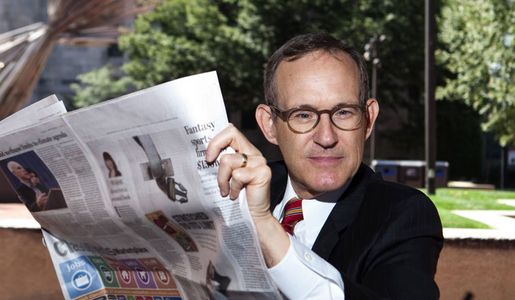Woodward Publishes Journal Article “A Spy’s Guide to BU”
John D. Woodward, Jr., Professor of the Practice of International Relations at the Frederick S. Pardee School of Global Studies, published a recent journal article on the history of espionage at Boston University that focuses on BU people and places of special significance.
Woodward’s article, entitled “A Spy’s Guide to BU,” was published in the Association of Former Intelligence Officers (AFIO) The Intelligencer Journal of U.S. Intelligence Studies.
From the text of the journal article:
I came to Boston University as a professor in July 2015, after a long career with the Central Intelligence Agency, most of it serving in the CIA’s clandestine service. Among the classes I teach, my favorite is “The Evolution of Strategic Intelligence,” which is essentially about the history of espionage. My students especially enjoy our class field trip to see Boston’s intelligence-related sites. For example, as they gazed at the “one if by land, and two if by sea” steeple of the Old North Church, they would hear me describe the Sons of Liberty as an insurgent group with Paul Revere as its hard charging and hard riding chief of operations and Samuel Adams as its visionary master of influence operations. As I researched more about espionage in Boston, I soon realized that I had overlooked incredible intelligence activities closer to and on campus. Over the years, my Pardee School colleagues regaled me with many Boston University espionage anecdotes. I simply had to remember and compile them. Hence, I offer this spy’s guide to BU, focusing on BU people and places of special significance
You can read the entire article here.
Woodward is a former Central Intelligence Agency officer who, during his twenty-year CIA career, served as an operations officer in the Clandestine Service and as a technical intelligence officer in the Directorate of Science and Technology, with assignments in Washington D.C., East Asia, Africa, South Asia, and the Middle East. He also served as the Director of the U.S. Department of Defense Biometrics Management Office from 2003-2005 where he received the Army’s third highest civilian award for his work on using biometric technologies to identify national security threats.
